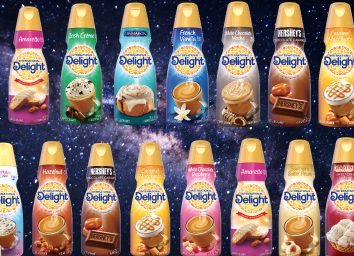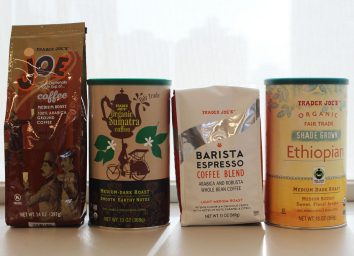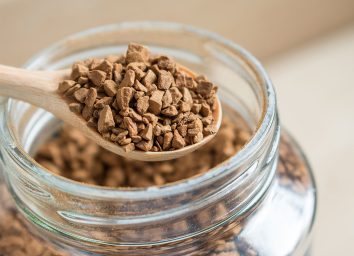11 Tricks for the Best-Ever Cup of Coffee
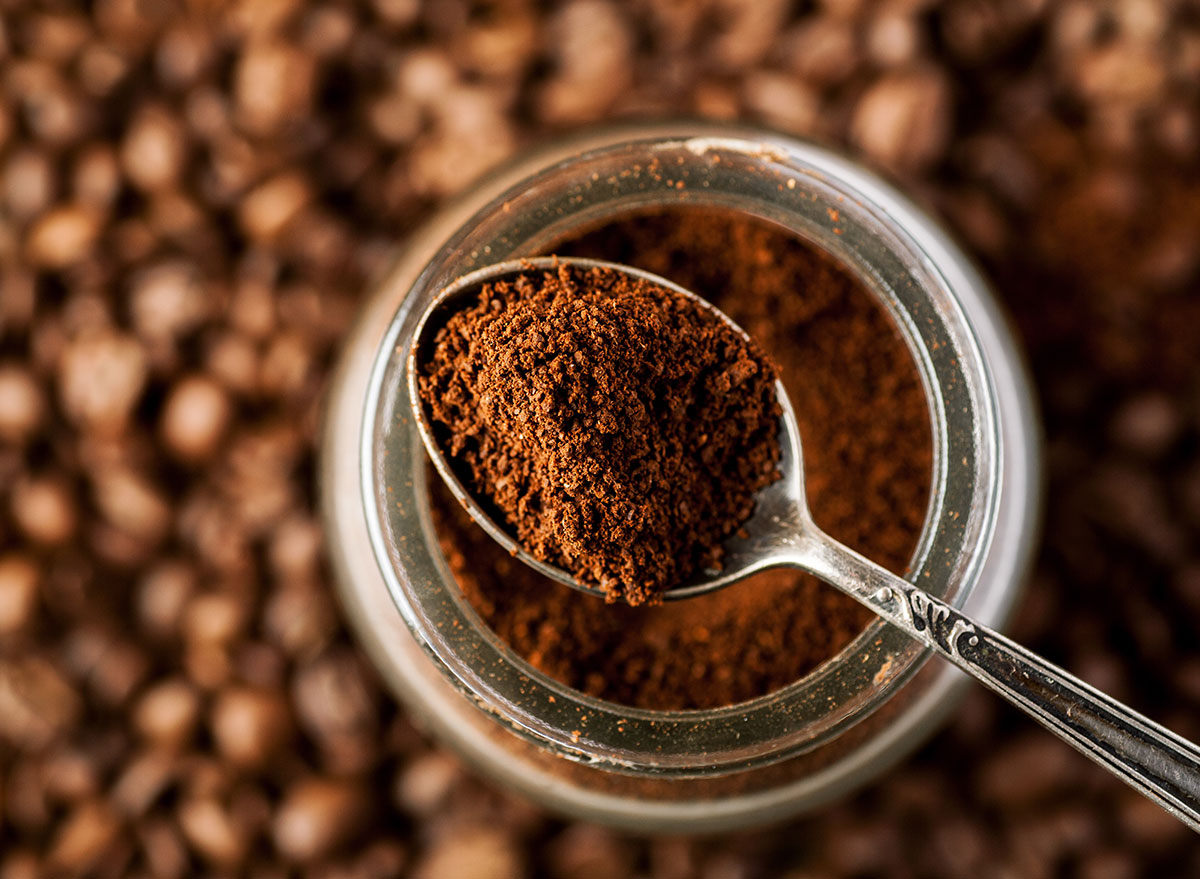
If coffee is the only thing that gets you out of bed in the morning, you’re probably committed to making the perfect cup of Joe. Whether you take your coffee black or with a hefty dose of cream and sugar, it’s essential to get it just right, even if only to make waking up that much better.
After speaking with a half dozen leading coffee experts, we can safely say there are countless ways to take your coffee up a notch. But there’s only one way that consistently comes up as the most effective. Here’s the easiest way to get a better cup of coffee at home.
And for more, don’t miss these 15 Classic American Desserts That Deserve a Comeback.
The #1 tip for better coffee? It’s all about the grinder.
If you’ve ever had a glass of wine a couple of days after opening the bottle and thought to yourself, “This tastes nothing like I remember,” you’ll understand this tip right off the bat. “Much like wine, coffee beans oxidize due to contact with—you guessed it—oxygen,” says Jordan Karcher, founder of Grounds & Hounds Coffee Co. “By grinding the coffee, you’re increasing the surface area of the coffee and greatly increasing the rate of oxidation, resulting in muted flavors and subdued aromatics. I recommend waiting until the last possible moment to grind your coffee before beginning the brewing process.”
That means you’ll always want to buy whole beans (versus coffee that is already ground) and invest in a home coffee grinder so that you can grind your freshly roasted beans right before making your cup of coffee. For French press coffee, you’ll want a coarser grind than with other types of at-home coffee.
Already grinding beans at home? Remember that coffee grinders wear out over time, which can impact the taste of the coffee.
“If your coffee is tasting too weak and under-extracted, try adjusting your grind setting a little finer. If that doesn’t help, contact the manufacturer, and consider replacing the burrs in the grinder,” says Douglass Barrow, co-owner and roastmaster of Luna Gourmet Coffee & Tea Company.
How should you store coffee beans?
While your beans are waiting to be used, store them in an airtight container in a dark, cool area to limit the beans‘ exposure to moisture, light, heat, and air. And make sure they’re stored away from spices and other potent odors, as the beans can absorb them. “Also, avoid buying bulk bags of beans—even if it seems like a good deal—because you’ll be left with stale, less flavorful cups of coffee by the time you reach the end of the bag,” says Zach Winzelberg, owner of Winz Market.
As for what kind of grinder to buy, Will Shurtz, a Level 1 barista and the co-owner at Methodical Coffee, suggests a conical burr grinder, such as the Baratza grinder. “A precision coffee grinder is able to grind beans to the correct size, which makes all the difference for a good cup of coffee,” Shurtz says.
Now that you know how to make a better cup of coffee, here are some other tips to make sure you get the best-ever cup of Joe. And for even more coffee tricks, This Is the Absolute Best Way to Store Coffee Beans, According to Experts.
Add orange zest and honey
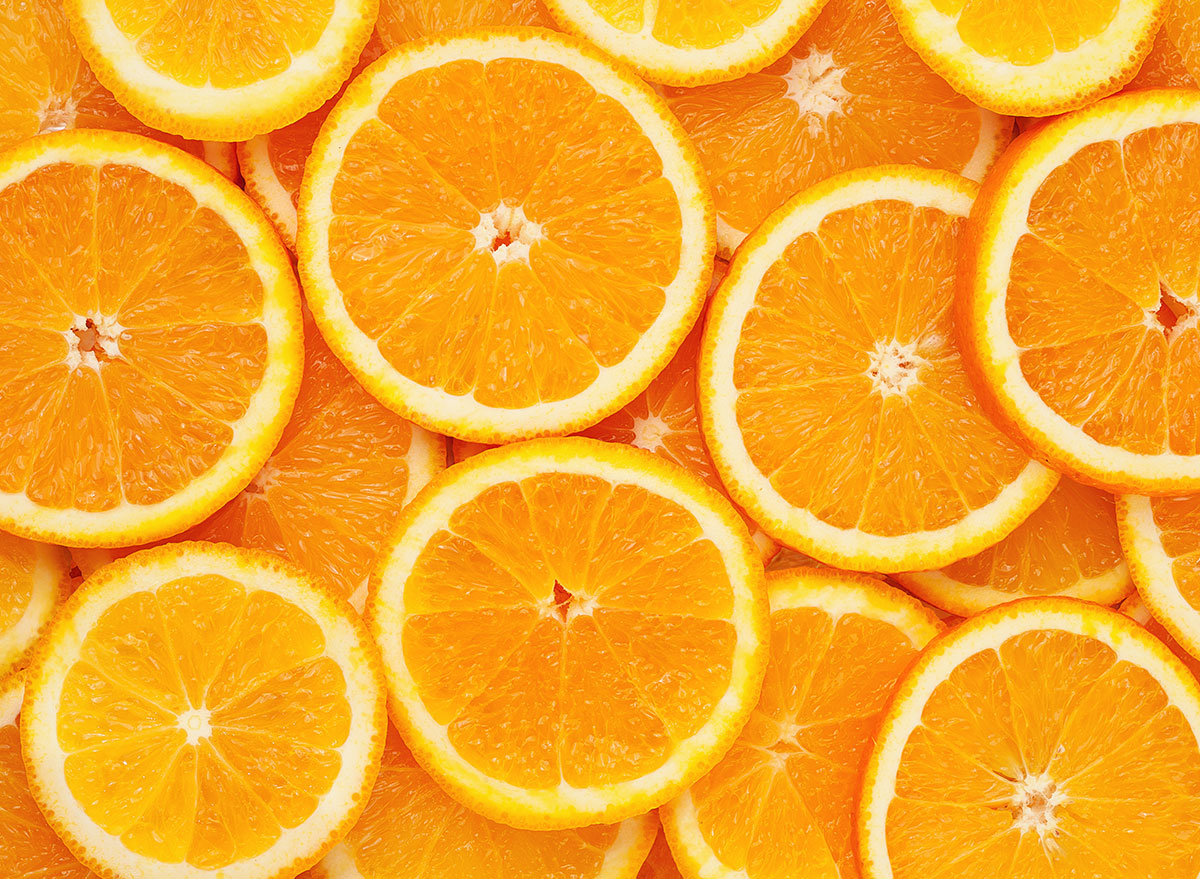
Buying flavored coffee beans isn’t the only way to add dimension. “One of my favorite tricks for amping up my coffee is to take a great coffee from El Salvador and add orange zest and honey,” says Klatch Coffee vice president Heather Perry.
If you’re really invested, Perry suggests taking things one step further by making your own coconut milk by blending shredded coconut and water together and then straining it. “When I want to make it really interesting, I toast the shredded coconut first until it’s slightly brown,” Perry says. Now that makes for delicious coffee creamer.
Add cinnamon
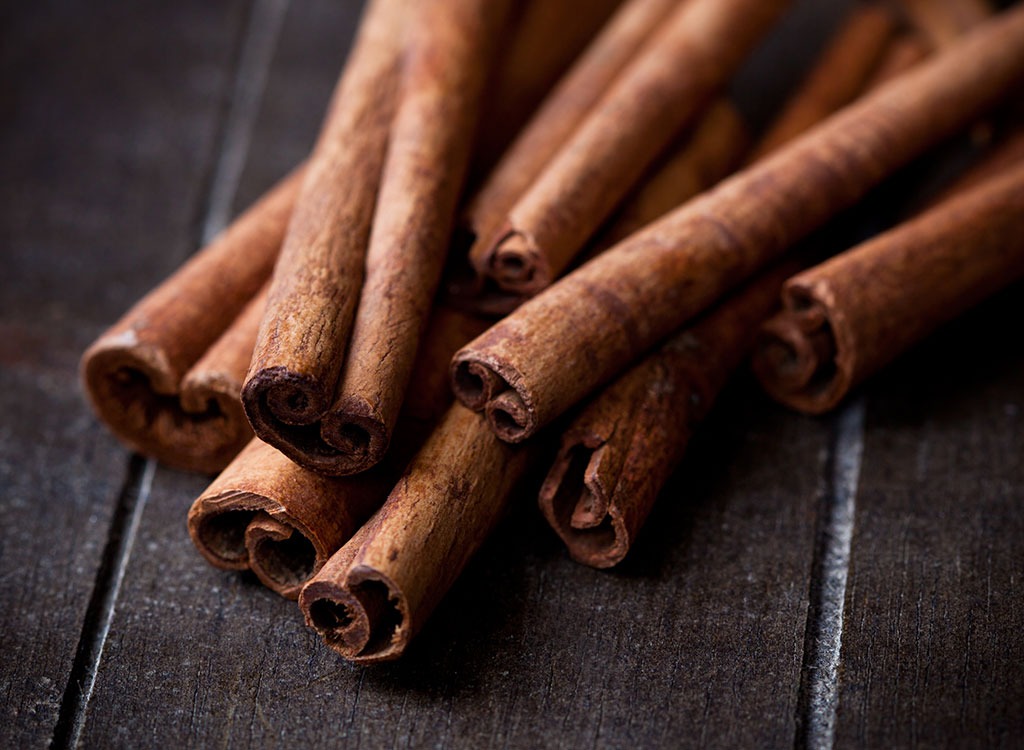
One of the easiest ways to boost the taste and health profile of your morning brew is to add a dash of cinnamon. “The mixture is anti-inflammatory and works well with any milk or milk alternative,” says Ara Dalzell-Patterson, the vice president of food and beverages for Equinox Hotels.
If you’re looking for a little nosh to go with that cinnamon coffee, Dalzell-Patterson recommends pairing it with ashwagandha coffee cake, which you can make with raw cacao, tofu, ashwagandha, flour, eggs, and a smidge of butter. “The ashwagandha herb helps with stress and has anti-cancer fighting properties, while raw cacao is high in antioxidants, full of magnesium, and is a natural mood elevator,” Dalzell-Patterson says. “This breakfast pairing makes you feel good while also actually being good for you.”
Check the roast date

Checking the roast date on your coffee is imperative to ensure quality beans—and be wary of any roast dates that are very far off. “Many people don’t know the lifeline of coffee lasts a maximum of two to three weeks after roasting (if stored properly), and most beans are optimally consumed seven days after roasting,” says Claire Chan, owner of Bar Beau.
You could try storing the beans in the freezer to prolong shelf life, but in that case, Shurtz says you should freeze them in the portions you’re going to use and make sure they’re sealed airtight by using a vacuum sealer. That way, the beans will stay fresh and won’t absorb smells from the freezer.
Not interested in freezing your beans? “No need to throw them away—just turn to cold brew coffee,” says Michael Phillips, Blue Bottle Coffee’s director of coffee culture. “The flavor of cold brew is much more forgiving of beans that are past their prime in terms of freshness.”
And once you’re done with those coffee grounds, don’t throw them away! They make a great addition to your compost pile.
Consider cold brew instead of iced coffee
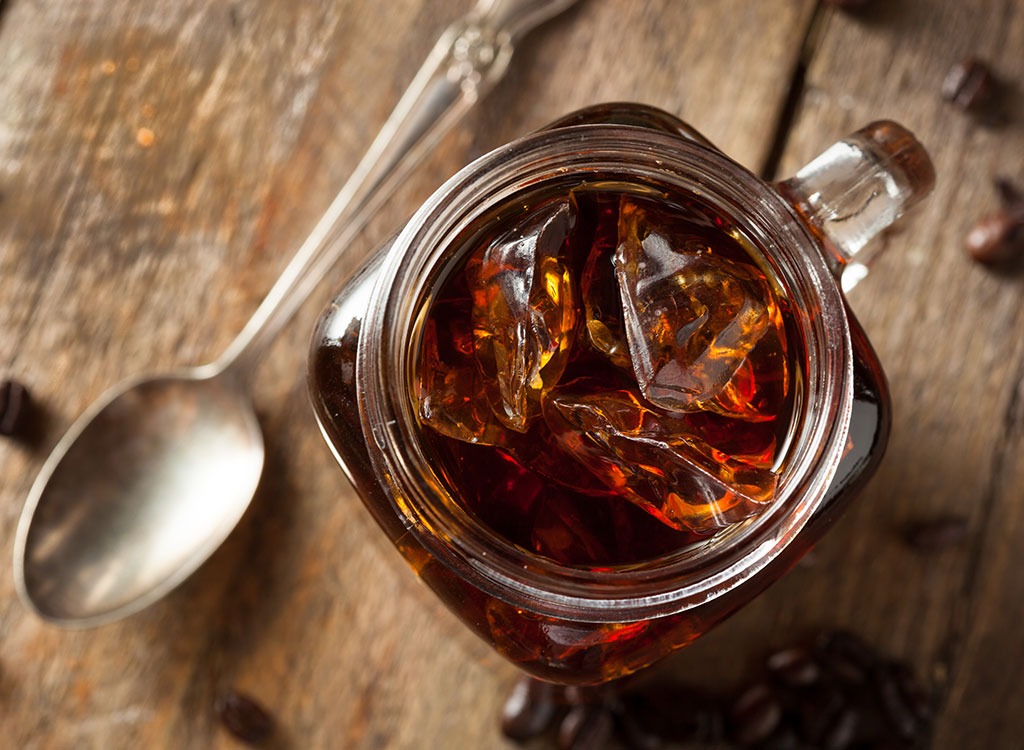
Speaking of cold brew, you might want to consider it over your classic Americano next time you’re in the mood for something cold. “Cold brew is the Swiss army knife of coffee preparations because it’s very easy to control its strength by changing the recipe for how much coffee and how much water you use,” says Phillips. “Use more coffee and less water, and you end up with a very heavy brew that can be a great ingredient for mixing into other drinks or food dishes. Use more water and less coffee, and you have a light and refreshing cup to cool you off on a hot summer day.”
It’s also worth noting that, sustainability-wise, Phillips points out that cold brew is great because if you make a high-strength version (a lot of coffee and just a little water), it will stay fresher longer (ideally refrigerated), and you can then just dilute it by the cup when you want a glass to drink. Feel free to keep the concentrate around for up to a week.
Make your own blend
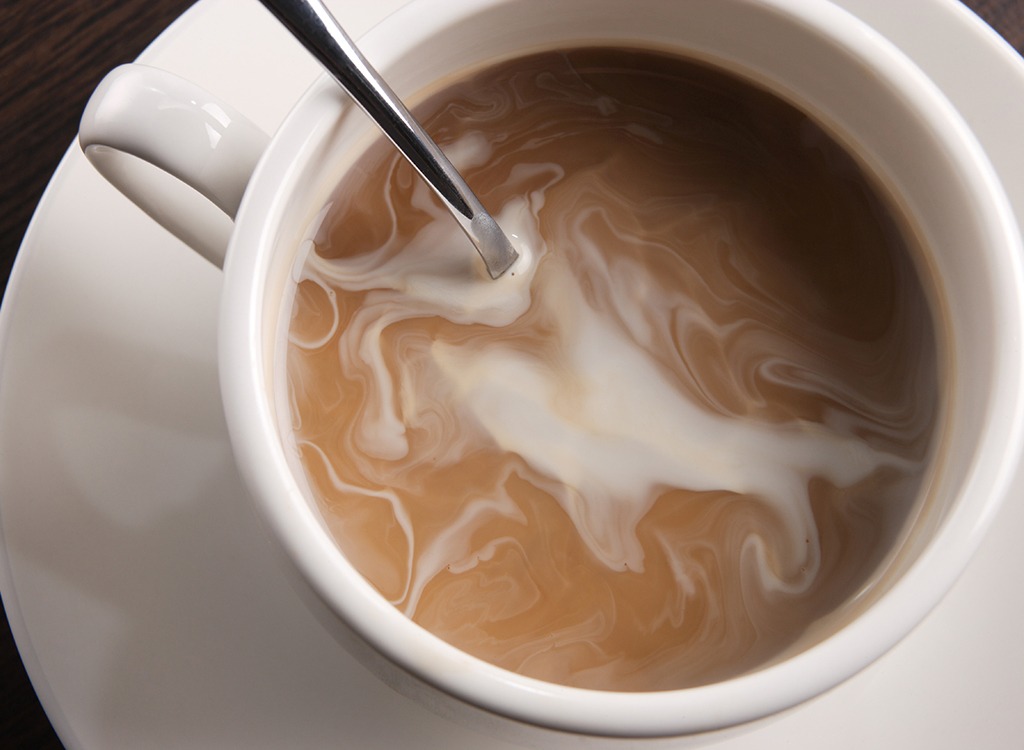
Creating your own custom coffee blend is easy. “Try blending two or more coffees together to create a new, unique cup of coffee,” says Barrow. “To do so, find a couple of single-origin coffees—light to medium roasts—and combine them at different ratios. There are no wrong answers.” Another way to alter the flavor profile is to try to cut down the amount of water you’re using in your machine by 25% while keeping the amount of coffee you add the same. “This is what I always tell people when they say that they can’t figure out why the coffee they enjoy at their favorite coffee shop doesn’t taste as bold when they try to make it at home,” Barrow says.
Clean and descale your coffee maker
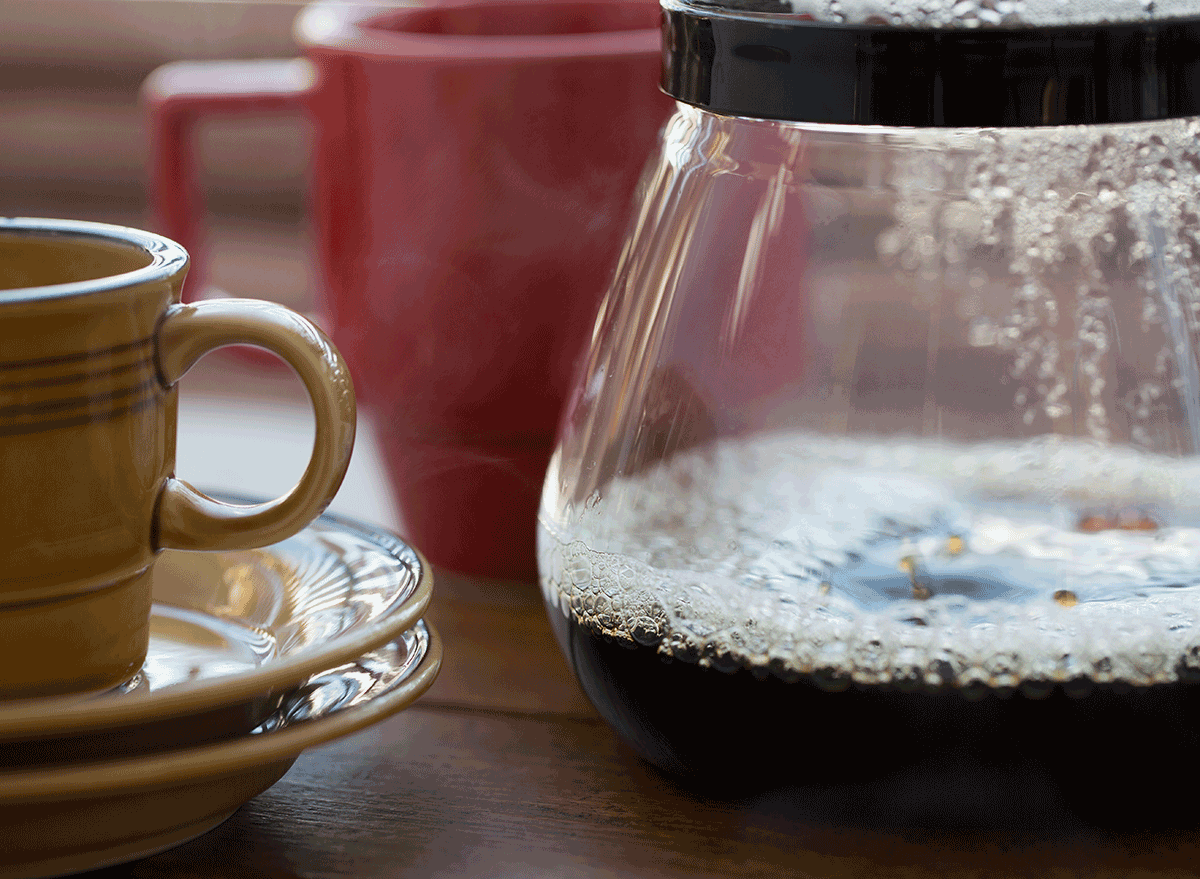
Did your coffee maker used to make a good cup of coffee, but not lately? “Most people forget to deep clean and descale their home brewing devices from time to time,” says Barrow. “Besides always rinsing your carafe and filter basket, consider running a coffee descaling cleaner through your machine and then brewing a few fresh water-only batches to completely rinse the device.”
Be mindful about water and sweeteners
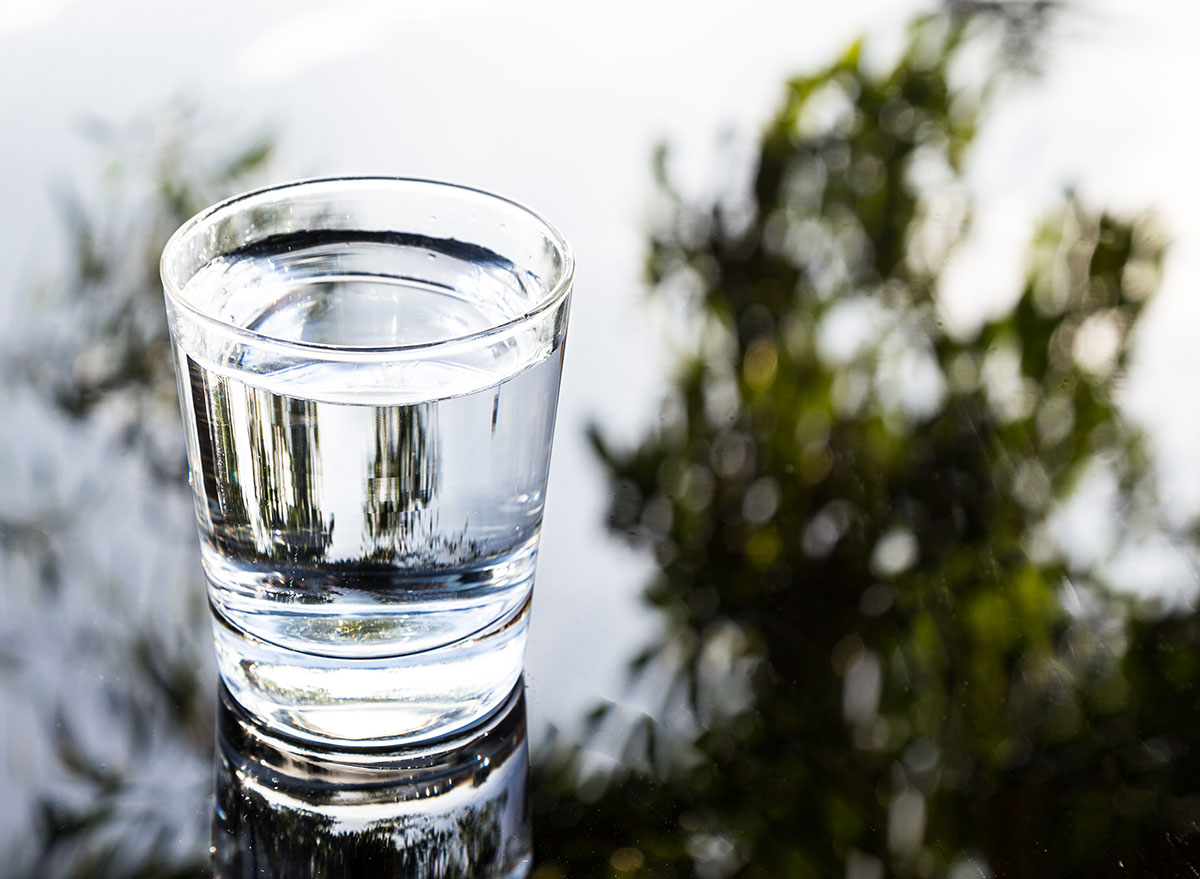
Water options aren’t all equal, and the one you opt for can have a marked impact on the taste of your coffee. “Since water is the main ingredient in coffee, you want to make sure you’re treating it with as much care as you do your beans,” says Winzelberg. “If you can avoid using straight tap water that’s best, either install a filter on your kitchen sink or you can use a bottled mineral water.”
The sweetener you opt for is also critical. “Use liquid sweeteners to avoid sugar sitting at the bottom of your coffee, especially for cold coffee drinks,” Winzelberg says. “You can use a simple syrup, or if you prefer, use a low-calorie sweetener. There are monk fruit sweeteners, which are all-natural, no calories, and high in antioxidants.”
Brew with the perfect temperature
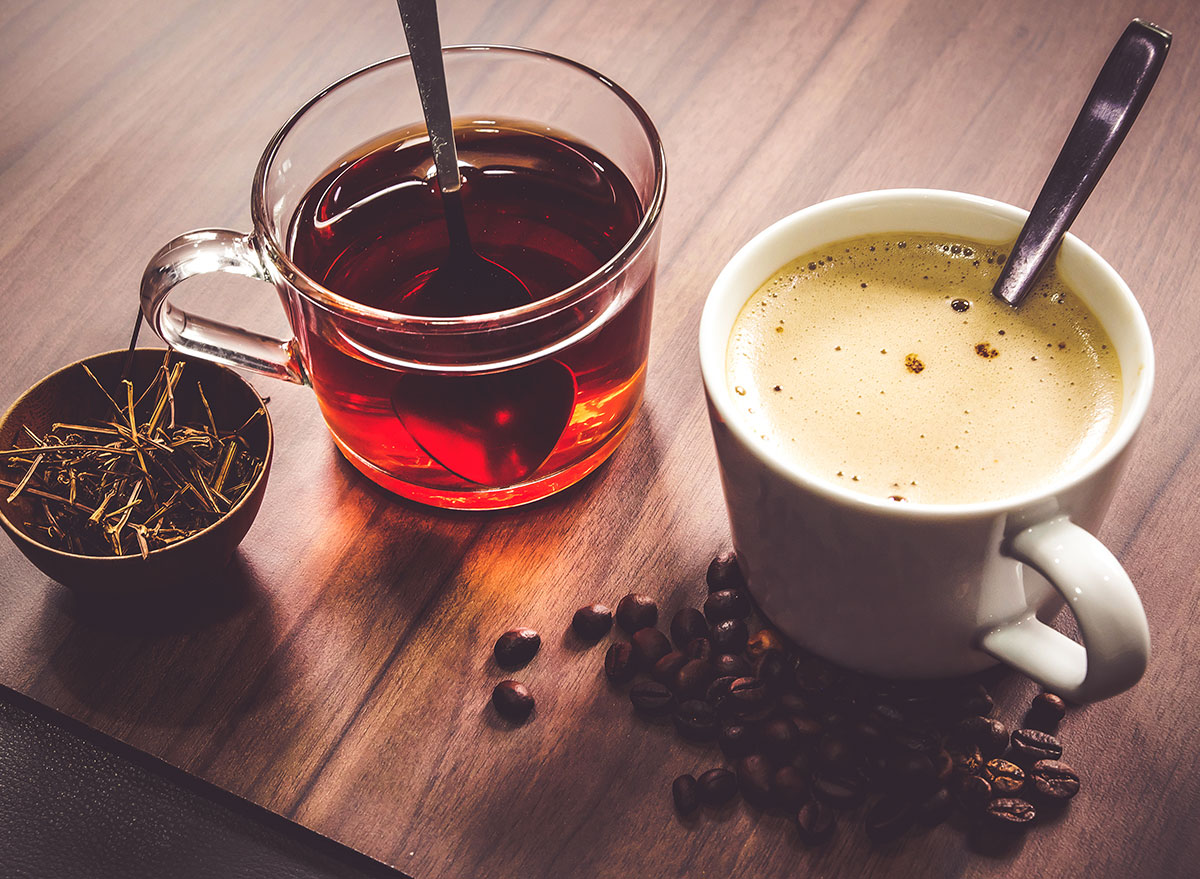
While there is some room for debate on the perfect temperature to brew coffee, Karcher says that experts agree that it’s more than 185 degrees Fahrenheit and less than boiling. “98% of your cup of coffee is water, so this is an extremely important but often neglected step. If you have an electric kettle with temperature settings, I recommend starting around 190 degrees Fahrenheit and fine-tuning based on your results,” Karcher says.
If you’re working with a kettle and stove, he recommends simply that you bring your water to boiling and then remove it from the heat for 45 to 60 seconds. The temperature will fall into the sweet spot between 190 and 200 degrees Fahrenheit.
Try adding eggs or salt to your coffee grounds
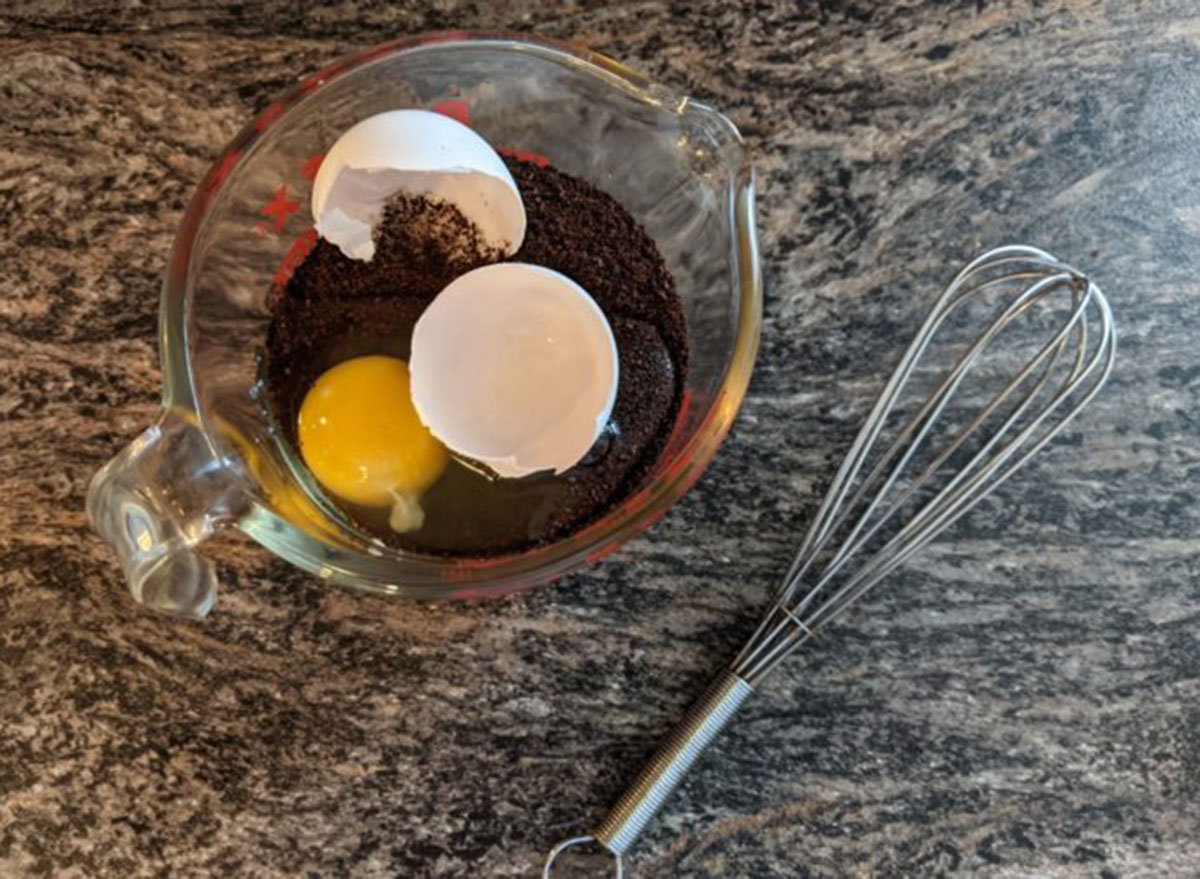
Yes, you read that right! Some coffee lovers swear that adding an egg to coffee grounds will absorb some of the bitterness. Don’t just crack an egg into your coffee grinder, though—you’ll need to boil the egg-coffee mixture. Don’t knock it until you try it!
And if the idea of putting eggs in your coffee grounds has you reeling, there’s another way to cut the bitterness. Chef Alton Brown suggests adding a pinch of salt to your coffee grounds.
Consider steeped coffee
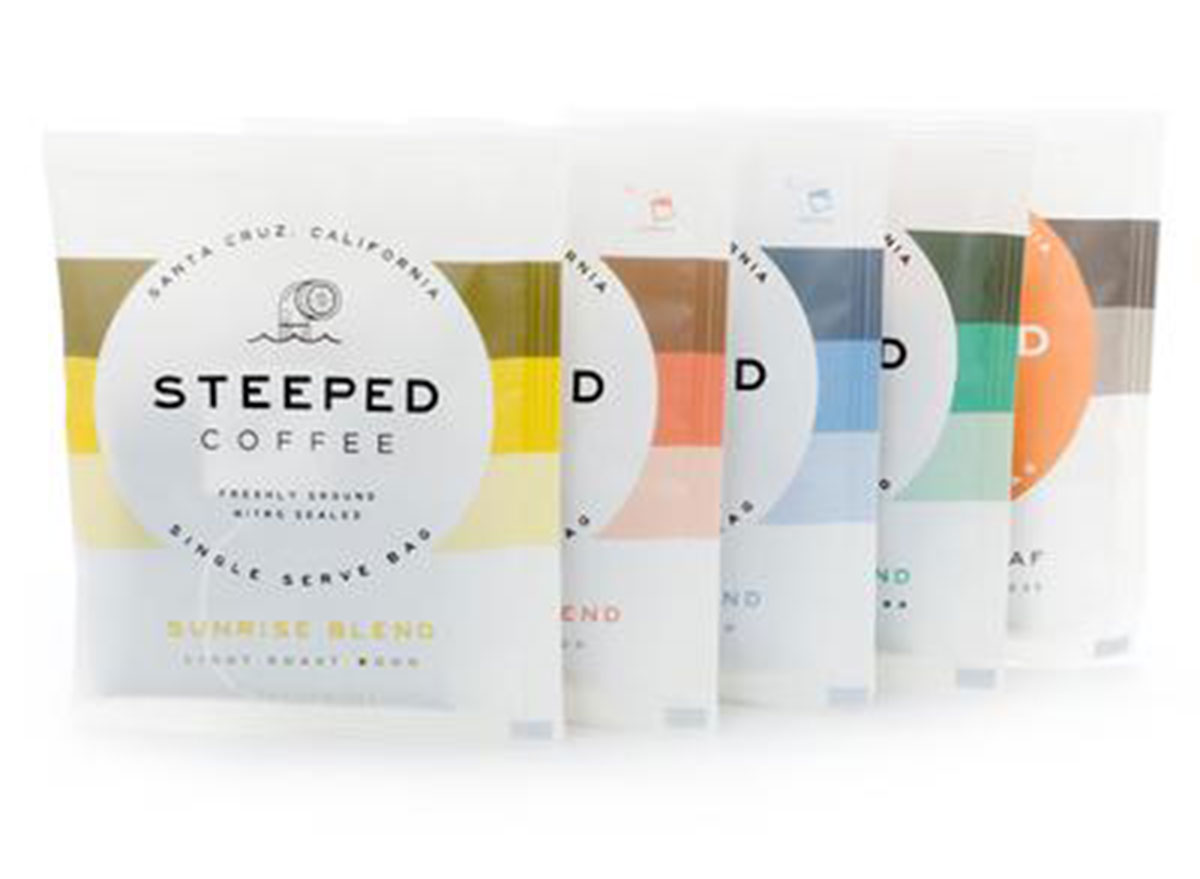
Maybe you’re just getting used to having coffee at home, and you don’t want to invest in a grinder and a coffee machine just yet. Or maybe you just want something easy for those days you don’t want any cleanup after enjoying your cup of Joe. For those times, there’s steeped coffee! Like tea, steeped coffee comes in preportioned bags—all you have to do is steep it with hot water. Try Steeped Coffee, Counter Culture, or Blk & Bold.
Now that you know all of these tricks, you’re well on your way to the best-ever cup of coffee. And for a stronger cup, here’s How to Make Cold Brew Coffee At Home in 7 Easy Steps.

